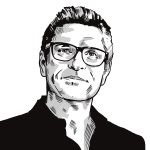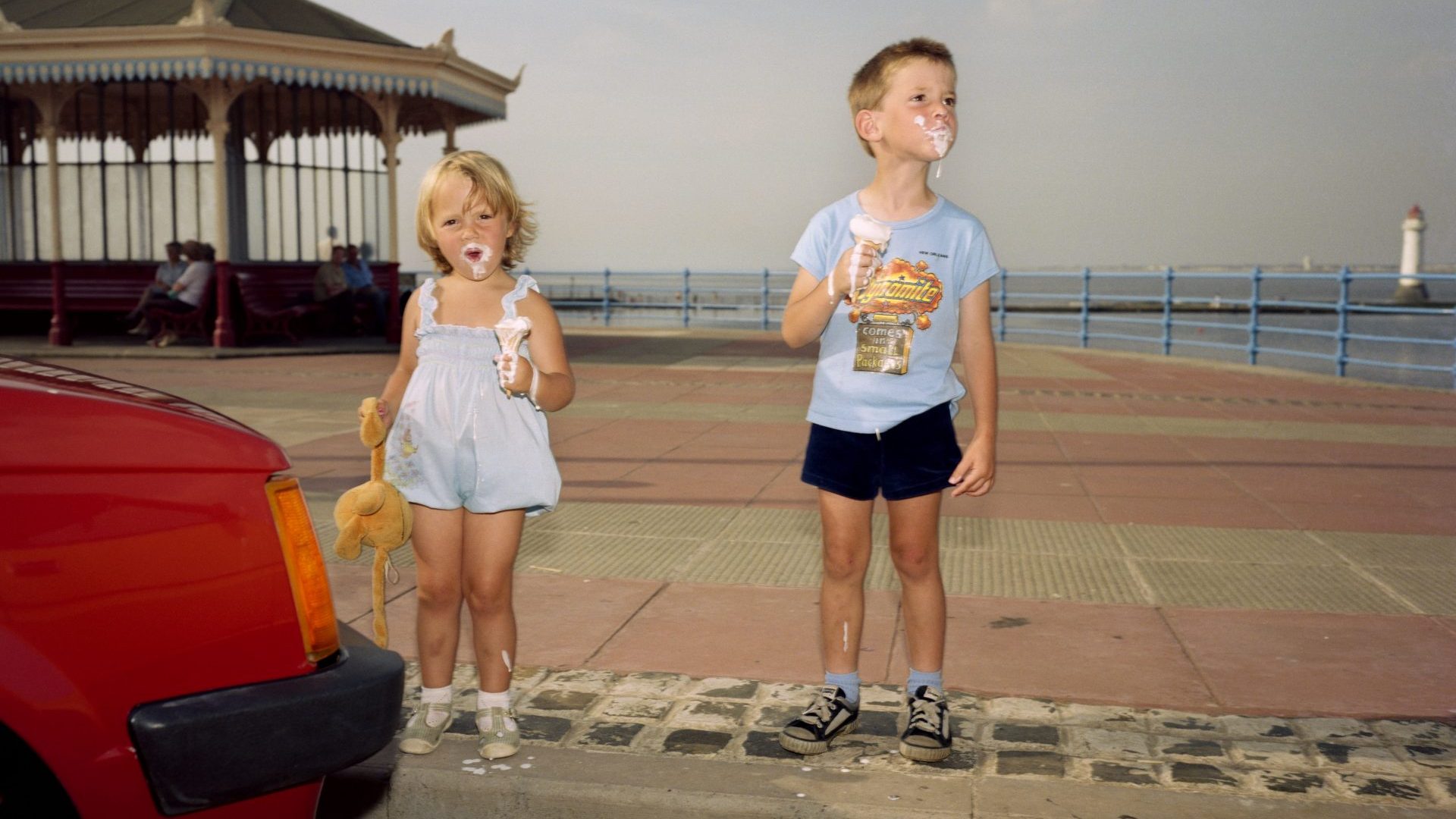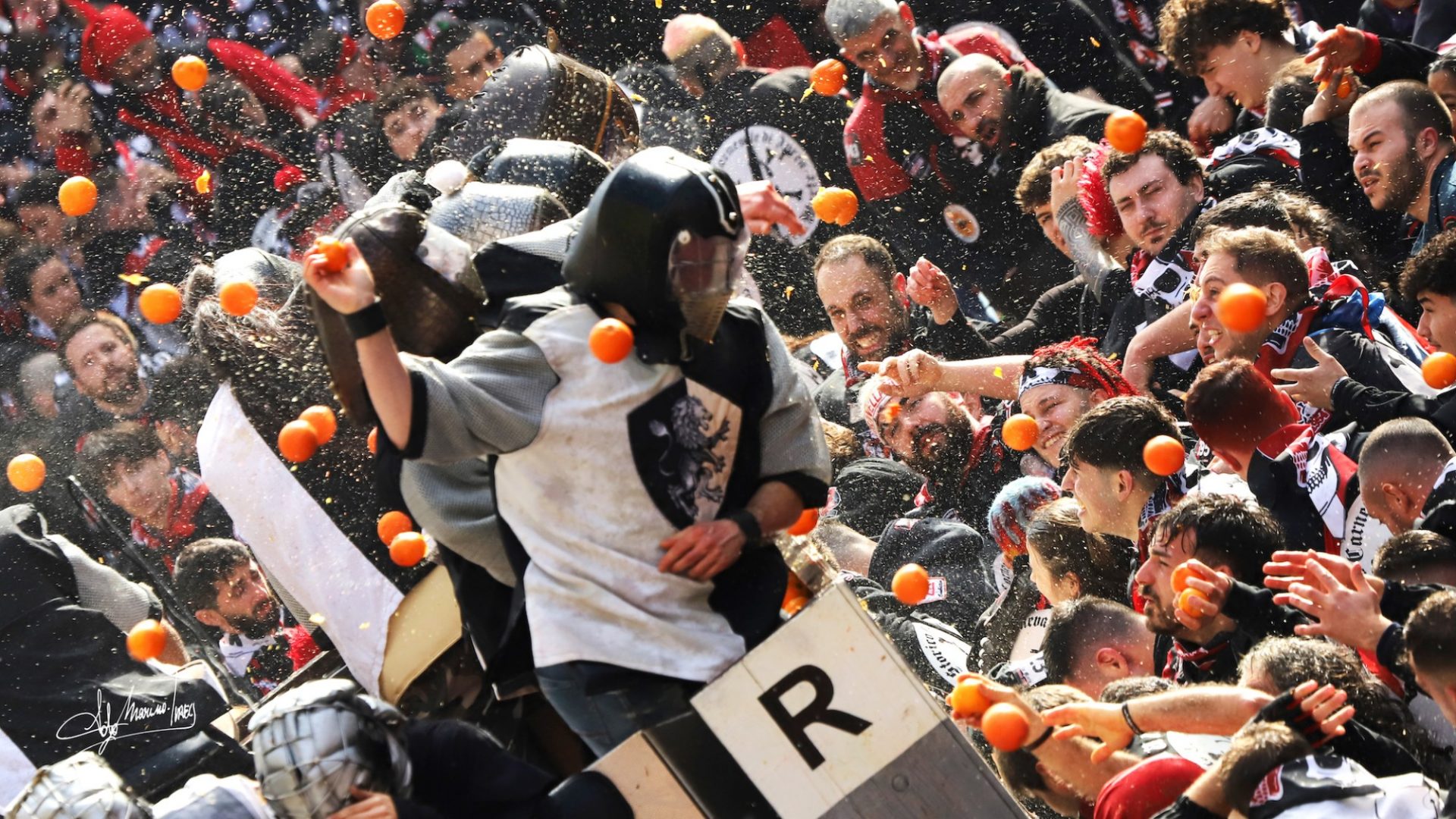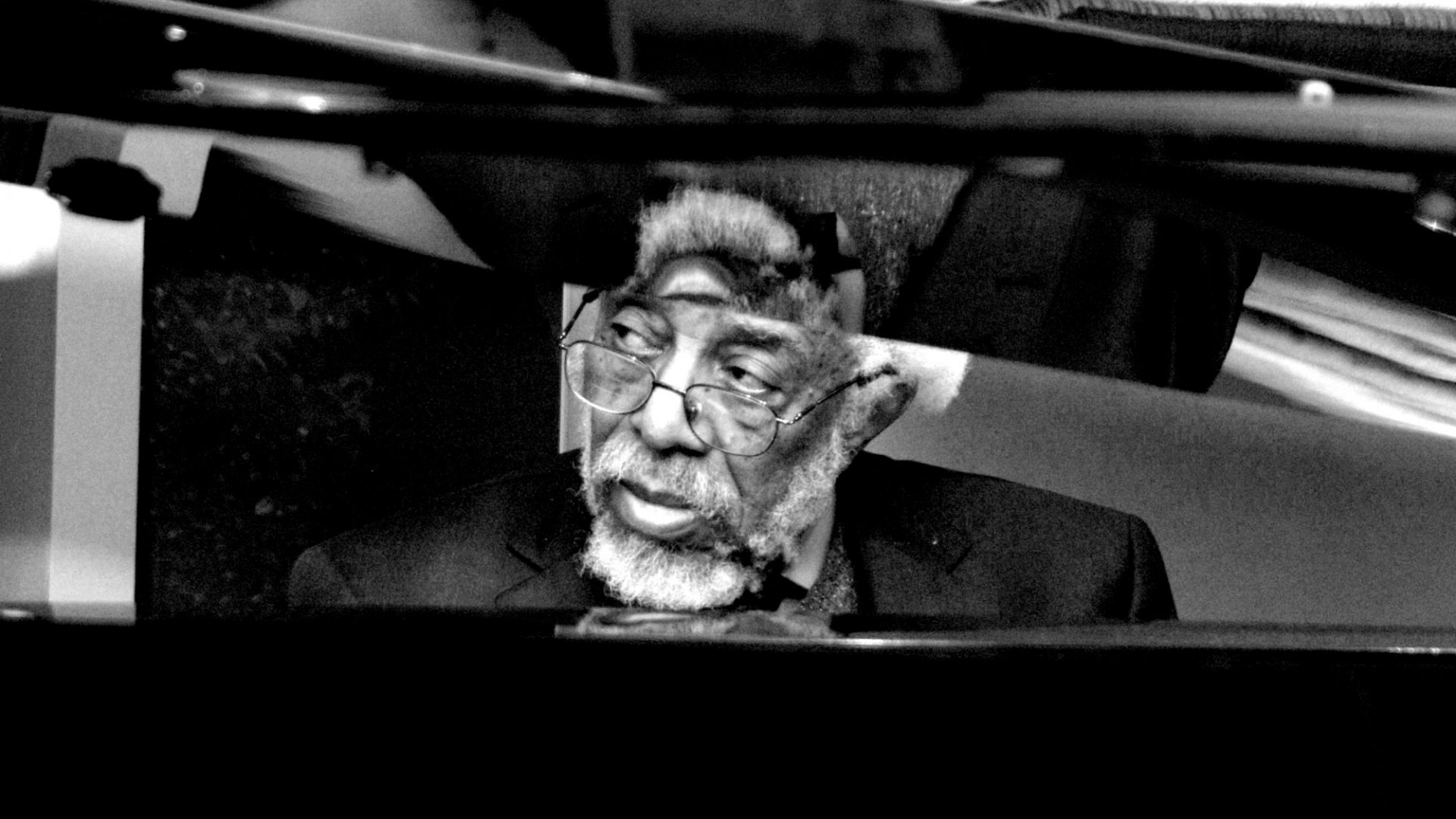Best-known for his hyper-realist images of Brits at the seaside, photographer Martin Parr has travelled the world taking pictures and accrued quite a lucrative side hustle as a fashion photographer, shooting for clients including Gucci, Vogue, Jacquemus and InStyle.
There’s a story that on one such fashion shoot, the high style creative director is reported to have flounced in late, looked at the selection of images from the day’s work and said to the photographer: “Hmm, I like it but can’t you make it a bit more, you know, Martin Parr?”
The man himself, rather nonplussed, is said to have batted back, deadpan: “But I am Martin Parr.”
And that is now the title of a new documentary on the photographer, directed by another photographer, Lee Shulman, making his documentary directing debut, which follows Parr as he travels the UK, revisiting some of his now famous seaside haunts during the build-up to the King’s coronation in 2024. And producing images which are most certainly very Martin Parr.
“He’s become an adjective, hasn’t he?” says Shulman. “That’s the ultimate for an artist, to have a style that’s instantly identifiable with your name but which just flows naturally, nothing studied about it. That’s the thing – you can’t fake Martin Parr because there’s no one more honest than Martin Parr himself.”
And we see just that, while this revealing little film subtly shows the artist at work – and it looks effortless, shambling, even, as Parr bumbles along snapping what he sees, sometimes asking people to stop so he can take their picture, always making them smile and feel special, but sometimes just shooting what look like random frames that no one notices.
“He spends much more time looking with his eyes than through his lens,” says Shulman of a man who he calls a photographic hero. Shulman is a highly-respected and exhibited photographer himself and studied Parr’s work as a student in London in the 1990s, when Parr’s images of New Brighton – a seaside resort on Liverpool’s Wirral Peninsula – taken in his series called The Last Resort were nothing short of a sensation.
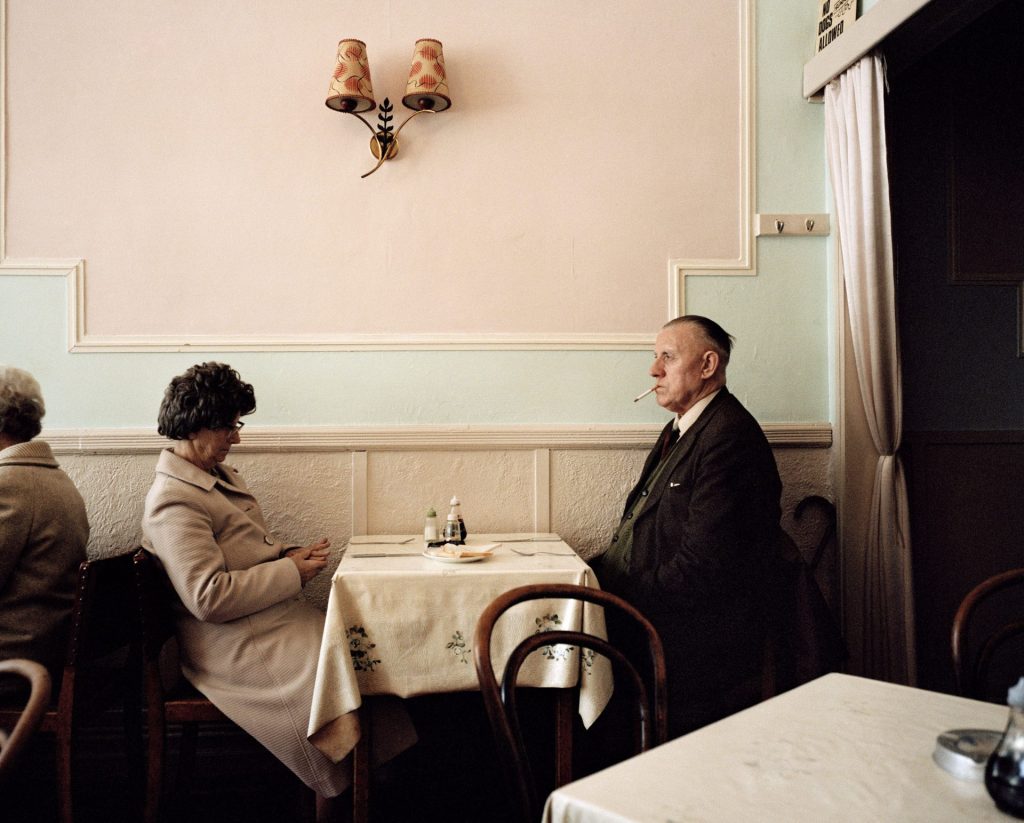
Quite simply, Parr invented a political, humanist and instantly accessible photographic language which confronted the absurdity of working class life but also its kitsch, mischief and its tenderness. While Parr’s work is often seen as a criticism of consumer society, the people who make the shots so memorable are always willing participants playing along with the narrative.
When you watch Parr at work in this new film, you see how his charm and self-effacing presence works its magic. It’s a rare film about photography that helps us understand the work itself and the artist with more clarity, not necessarily through the commentary of talking heads such as Grayson Perry (erudite, insightful and entertaining as he is) or Mark Bedford of Madness, or David Walliams (not sure why he’s in this, other than Parr’s work being a possible inspiration for several characters in Little Britain?), but because of the elegantly detached way Shulman’s camera pictures Parr taking his pictures.
I admit I was expecting something like the wonderful 2017 documentary Visages Villages (Faces Places) made by French photographer JR and the legendary Agnes Varda. But I Am Martin Parr is simpler and more honest, its finest moments just following Parr as he squeaks around the seaside, supported by a wheeled immobility walker, occasionally stopping people for a photo or just clicking on the go.
That colourised aesthetic that makes his work so recognisable and distinctive seems to stem from a slightly DIY and frankly shonky flash diffuser that sits on top of his camera like one of those cone-shaped recovery collars people on dogs to stop themselves scratching after injuries or operations.
“Martin’s so cheap,” squeals Shulman. “He’s got holes in his jumpers, never buys new equipment, really doesn’t care about any of that stuff. People are always asking him what camera he shoots on, what film, what flash, and he’ll try to answer but there’s nothing to it. His genius is in how he sees the world and in the way he’s made us see it. I just wanted my film to sort of match that.”
There’s very little of Parr himself talking in the film. Unlike JR, for example, who is a strong, flamboyant character, Parr is barely there.
Shulman says: “Martin’s just not very talkative so it would have been the wrong way to get across what makes him interesting. There were times we had a laugh or a decent chat between us as we were driving around, but invariably the camera wasn’t on for those moments. Martin’s not exactly camera shy but his way of being ‘in’ his photos is as the viewer, not the subject, so I thought it best to just watch him work.”
It is fascinating, and, as well as a portrait of a man, a portrait of a post-Brexit Britain does emerge, one that is different to the Thatcherite era images that first made Parr’s reputation in the late 1980s. The garish colours that one associates with his work are visible in the Union Jack bunting festooning many scenes in celebration of the coronation.
“It felt like the opportune moment to capture Britain as its most British and there’s no one or nothing more British than Martin Parr,” says Shulman, who has lived and worked in Paris for over 20 years and who admits that his own relationship with the country of his birth has been sorely tested over recent years, particularly by Brexit.
“It’s been a love/hate thing, but travelling and watching Martin work has definitely made me fall back in love with the UK. I saw the diversity in communities and the people we met were transformative for me, and I was proud of the country I came from even if it’s a complicated place, England.
“And the pictures show it’s not like Europe, not like America, that there’s just nowhere like it and Martin is at his best there, because he’s so English and he understands the manners and attitudes so acutely. I’ve certainly reconciled myself to the UK and its people through this film, and I think we can trace an evolution through Martin’s images over the past 40 years – they’re a social document and a commentary all in one shot.”
The new shoots take in ballrooms and beaches, ice cream vans and picnics, and if that might now seem easy prey for Parr’s lens it’s only because he has made these everyday pastimes the subject of great art. The film traces Parr’s own evolution from black and white photographer to his signature colour work.
“He’s definitely gone from photographer to artist,” says Shulman, “And though he has always felt uncomfortable with the term ‘artist’’ he did joke to me that he’s finally realised an artist gets paid more.”
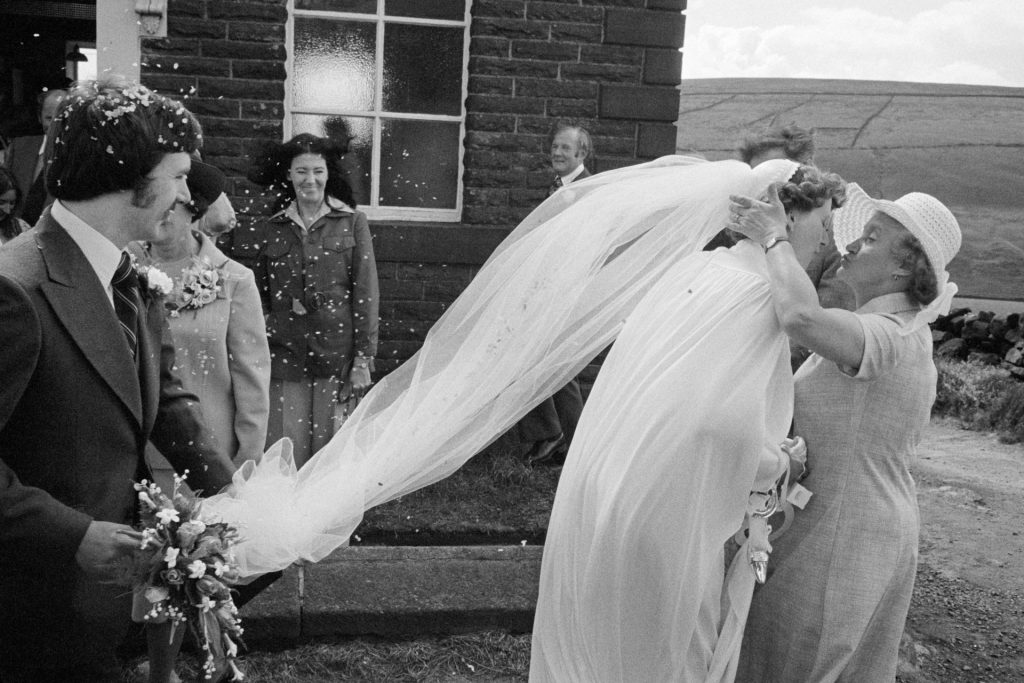
Parr’s books of photography have proved wildly popular and lucrative, enabling his work to reach wider audiences and adorn shelves and coffee tables, though one does still have cause to wonder if his subjects invite a sort of touristic class voyeurism, you know, the metropolitan elite art set sneering snobbily over the proles at play?
However, witnessing Parr at work – l’artiste au travail is the French term for this kind of portrait – his affection for his subject does frame with an absolute dignity and respect. The commentary, then, is in the eye of the beholder.
“I saw how people fall in love with this affable, shambling guy who smiles at them as he takes their picture,” says Shulman. “He was remarkable to witness and often we’d lose him on the shoot. We’d arrive in our van, getting some kit out and be like: where’s Martin? He’d already zoomed off with his camera and walker, lost among the crowd, taking pictures. He’d just sort of blend in.”
Shulman’s approach does mean we don’t get to know much about Parr himself. His wife and partner do talk though, and we learn that Parr has been very sick with cancer but made a startling recovery, taking several pictures of medical staff and nurses from his hospital bed.
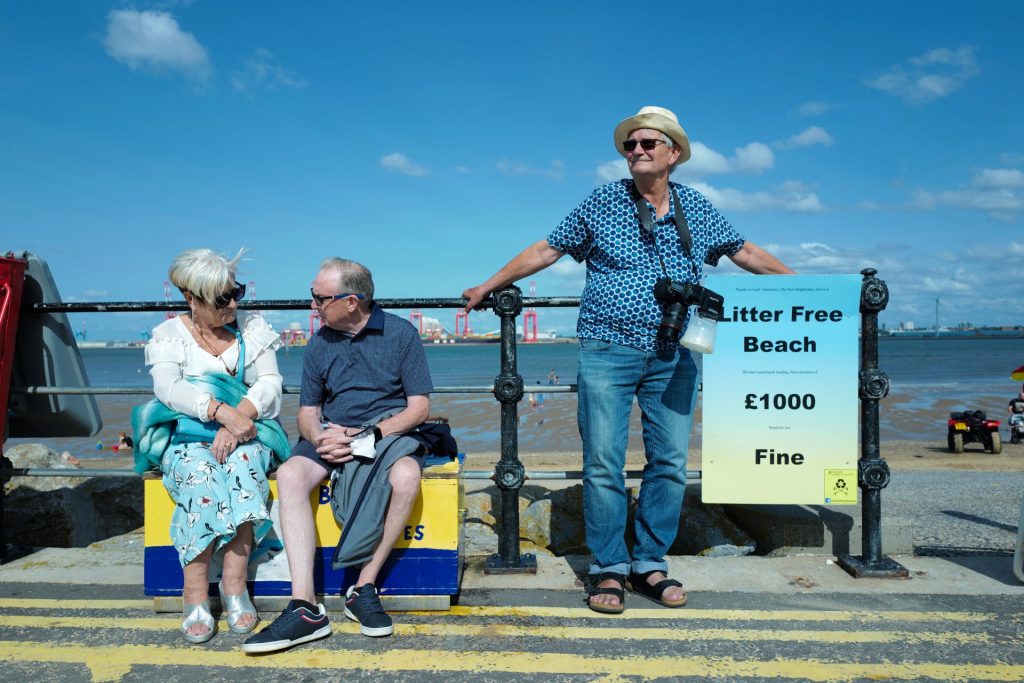
I watched the film with a smile on my face throughout, as Martin cuts a Tati-like figure coasting smoothly along the horizon or the promenade, always watching, on the lookout for a frame, a moment, a subject, like one of the seagulls in several of the pictures eyeing up some unguarded fish n chips.
“He is a bit of a mystery,” says Shulman. “People who’ve known him and worked with him for 30 years don’t really know him when you ask them. They know the work, of course, and that says a lot about the man, but they don’t ever get to know Martin.
“So although I included some biographical detail, I also found him to be a mysterious, weird cookie but also very touching and honest, the most honest man I’ve met, a bit like his pictures, you know – they are full of layers and meaning and they’re honest if unforgiving.
“And if some people think they’re just humorous and kitsch, well, what I really wanted to make sure the film achieved was to recognise and cement Martin as one of the great photographers of our time.”
I Am Martin Parr is on release in cinemas in the UK from Feb 21

